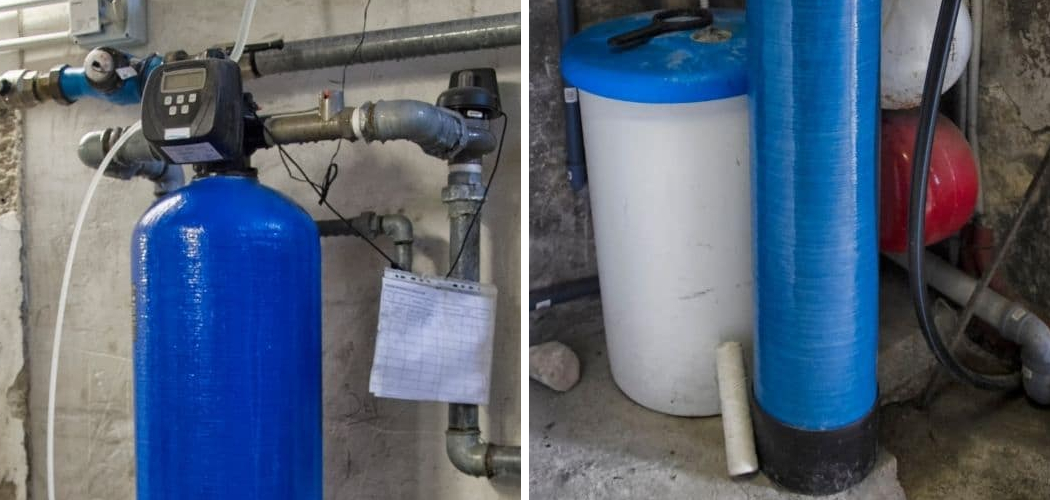Water softeners are a great addition to any home, as they help to remove hard minerals and provide softer water for improved cleaning, bathing, and drinking. However, like any appliance, water softeners can develop leaks that can cause damage to your home and lower the effectiveness of the system.
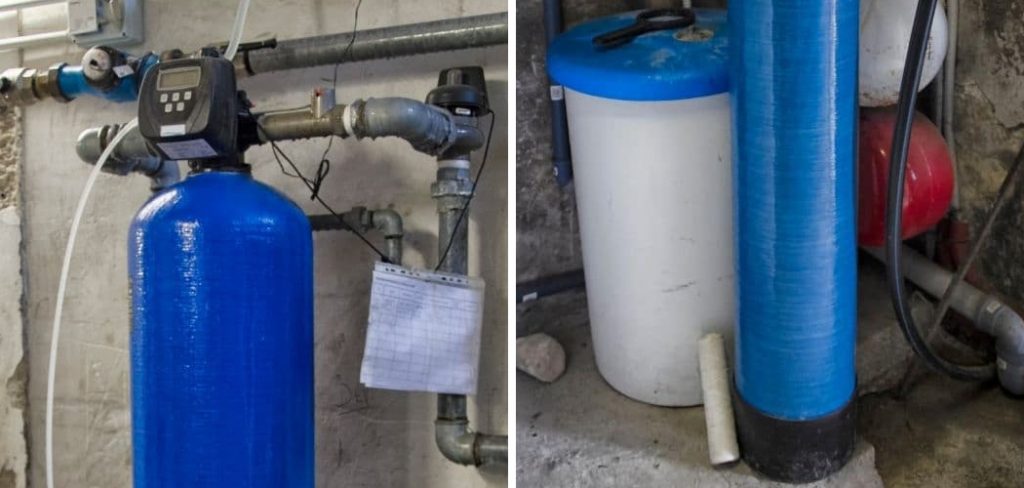
In this blog, we’ll go over the steps to identifying and fixing water softener leaks to keep your system running smoothly. So keep reading to learn more about how to fix water softener leaks.
Can You Fix the Water Softener Leaks?
If you’re dealing with a water softener leak, it’s easy to feel a sense of panic. After all, water is a precious resource, and the last thing you want is to be wasting it. Fortunately, fixing a water softener leak is often much simpler than you might think. In many cases, all you need to do is tighten a valve or replace a damaged connector.
Of course, if you’re not a plumbing expert, it’s understandable that you might feel a bit intimidated by the task at hand. But with some research and careful attention to detail, you’ll be able to fix your water softener leak in no time.
Why Should You Fix Water Softener Leaks?
Water softeners are essential appliances that help remove minerals such as calcium and magnesium from water that enters your household. However, even the most advanced water softeners are prone to leaks over time, which can lead to significant problems if not addressed.
Fixing water softener leaks is crucial not only for the proper functioning of your softener but also to prevent water damage to your home. With a simple leak, not only are you wasting precious water, but it can also lead to mold and mildew growth, which can be a health hazard for you and your family.
Hence, it is essential to fix water softener leaks to safeguard your health, protect your home, and ensure that your softener continues to function at optimum levels.
7 Ways to Follow on How to Fix Water Softener Leaks
1. Find the Source of The Leak
Before you can fix the leak, you need to identify where it’s coming from. Check for any visible signs of water leakage, such as puddles or wet spots near the unit. If you don’t see anything, check the pipes and valves that connect to the water softener to see if there are any loose or damaged components.
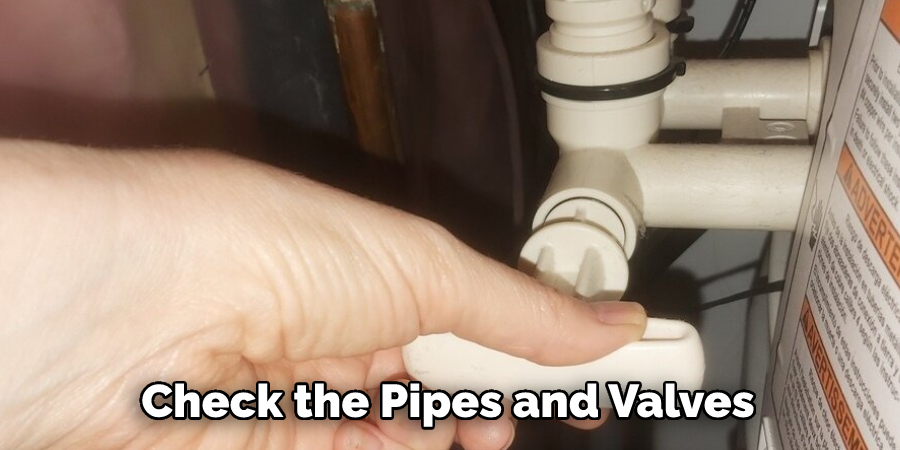
2. Tighten Loose Connections
If you find that a connection is loose, go ahead and tighten it with a pair of pliers. Be careful not to overtighten, as this can damage the connections and cause more leaks. If there’s rust or corrosion present, it means that the leak has been there for a while, and you’ll need to replace the affected part.
3. Replace Damaged Parts
If the leak is coming from a damaged pipe or valve, you’ll need to replace the affected part. Shut off the water supply to the unit and remove the damaged component. Take it to your local hardware store to find a matching replacement part, and install it according to the manufacturer’s instructions.
4. Check the Resin Tank
If your water softener uses a resin tank, check for any leaks at the bottom of the tank. If so, the resin bed may need to be replaced. This job requires technical expertise, and it’s best to consult a professional plumber or water treatment specialist to do it for you.
5. Maintain Your System
Regular maintenance can help prevent water softener leaks. Check the system’s connections, valves, and pipes for rust, wear, and tear. Replace any damaged parts promptly to prevent leaks from occurring. Also, ensure that the brine tank is emptied and cleaned every few months to prevent salt buildup, which can cause leaks.
6. Inspect the Bypass Valve
If your system has a bypass valve, check it for signs of damage or wear. If the valve is damaged or not working properly, it can cause water to leak from the system. Replace any broken parts, and test the valve to ensure it functions correctly.
7. Consider Professional Repairs
If all else fails and the leak persists, calling in a professional is best. Water softener professionals have the experience and knowledge needed to accurately identify and repair any leaks or other problems with your system. They can also help you maintain your water softener to prevent future leaks.
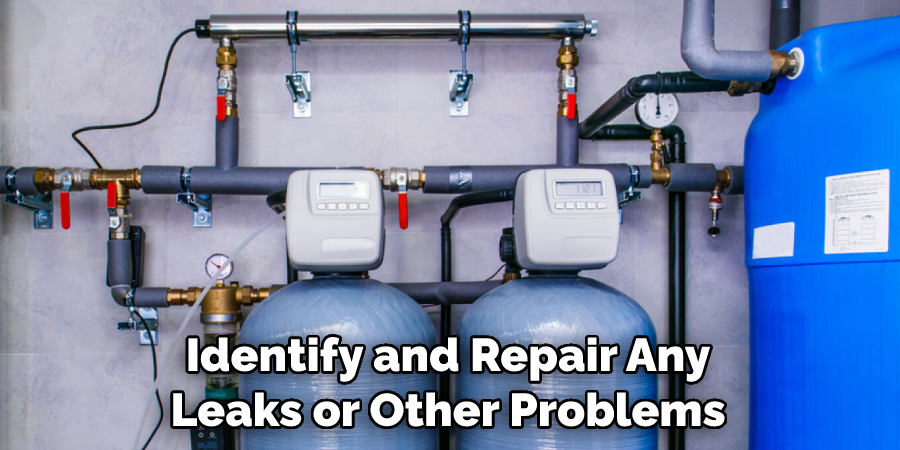
That’s it! You’ve now learned seven ways to fix water softener leaks. Don’t forget to regularly inspect and maintain your system to ensure that it works properly and prevents future leaks!
5 Considerations Things When You Need to Fix Water Softener Leaks
1. Check the Brine Tank for Cracks or Holes.
The first thing you should do when you notice a water softener leak is to check the brine tank for cracks or holes. If the leak is coming from the brine tank, it is likely due to a faulty valve or gasket. You will need to replace the valve or gasket in order to stop the leak.
2. Inspect the Tubing for Leaks.
Another common cause of water softener leaks is leaking tubing. The tubing that connects the various parts of the water softener can become brittle and crack over time. Inspect all of the tubing for leaks and replace any that are leaking.
3. Check the Seals and O-Rings.
The seals and O-rings in a water softener can also cause leaks. These seals and O-rings are located in various places, such as where the tubing connects to the valves. Inspect all of the seals and O-rings for wear and tear and replace any that are damaged.
4. Look for Cracks in The Housing Unit.
If you have a leak coming from the housing unit, it is likely due to a crack in the unit itself. Inspect the unit for any cracks or damage and replace the unit if necessary.
5. Call a Professional.
If you are unable to find the source of the leak or fix it yourself, you may need to call a professional. A professional plumber or water treatment specialist will be able to diagnose and fix the problem quickly and efficiently. With their help, you can get your water softener back up and running in no time.
Fixing a leaking water softener can seem daunting, but with the right information and proper steps, it doesn’t have to be. Remember to check all of the parts for damage or wear and tear, replace any faulty parts, and call a professional if needed. With the right repairs, you can get your water softener back to normal in no time.
4 Common Mistakes People Make When Trying to Fix Water Softener Leaks
1. Not Knowing the Root Cause
One of the most common mistakes people make when trying to fix water softener leaks is not knowing the root cause of the leak. There are a variety of different reasons why water softeners may leak, so it is important to diagnose the problem before trying to fix it. Otherwise, you may end up wasting time and money on a repair that will not solve the underlying issue.
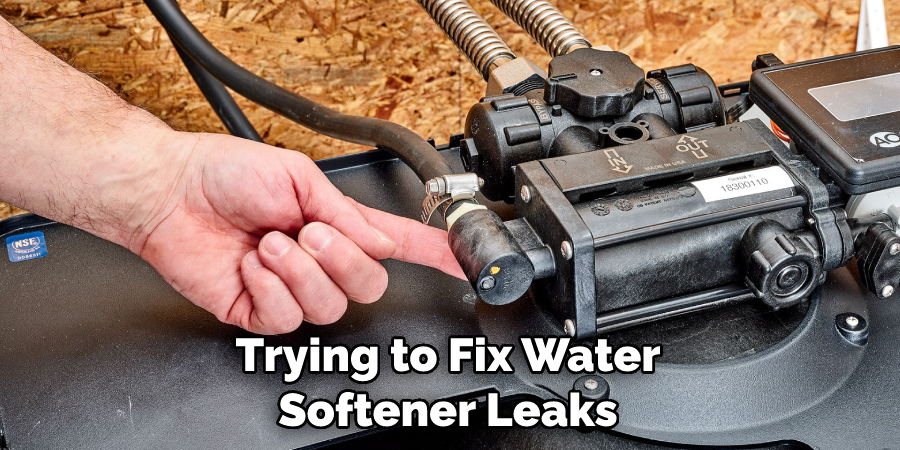
2. Not Shutting Off the Water Supply
Another common mistake people make when trying to fix water softener leaks is forgetting to shut off the water supply before starting any repairs. If you do not shut off the water supply, you could end up making the problem worse or even causing serious injuries.
3. Using the Wrong Materials
Another mistake that people often make when trying to fix water softener leaks is using the wrong materials. There are a variety of different types of materials that can be used to repair leaks, but not all of them will work for every type of leak. Make sure to use the proper materials for your particular repair to avoid worsening the problem.
4. Not Testing for Leaks After Repairs
Finally, one of the most common mistakes people make after repairing a water softener leak is not testing for leaks afterward. Even if you think you have fixed the problem, testing for leaks before using the softener is always a good idea. This will help to ensure that your repairs were successful and that there are no hidden issues that could cause problems in the future.
By following these tips, you can ensure that your water softener will be working correctly and efficiently in no time. Fixing a water softener leak may seem daunting at first, but it can be easy to do with the right tools and knowledge.
Don’t hesitate to call a professional if needed – they will have the experience and expertise to diagnose and fix the problem quickly. With their help, your water softener can be back up and running in no time!
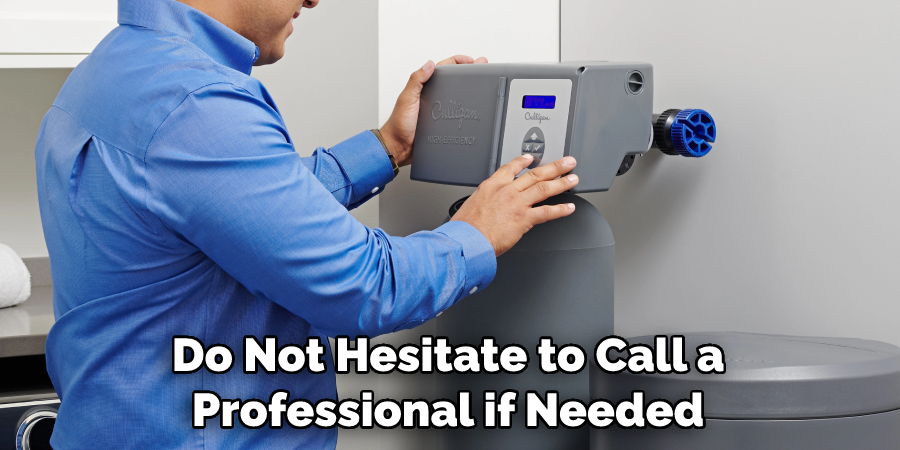
Conclusion
Water softener leaks can be frustrating to deal with, but in most cases, they’re easy to identify and fix. By following the steps outlined in this blog, you can keep your water softener running smoothly and prevent costly damage to your home. However, if you’re unsure about any step, it’s always best to consult a professional plumber or water treatment specialist to avoid making the problem worse.
Remember, regular maintenance is the key to preventing water softener leaks, so make sure to check your system regularly. Thanks for reading our post about how to fix water softener leaks.

